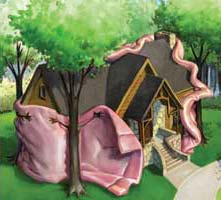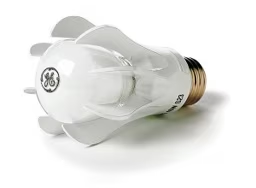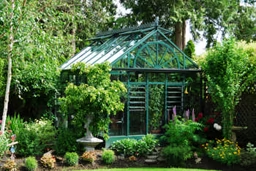 Perhaps it’s the allure of the wood or the timeless craftsmanship, but many log home owners say their houses offer a powerful connection to nature. That’s what led Susan and Will Rushman to investigate green building technologies for the home they’ll be building on a 10-acre site about 100 miles from New York City. “Building a green home is a priority for us,” says Susan. “It almost feels like a responsibility — like we’re doing the right thing.” Will agrees. Will and Susan aren’t alone in their desire for a green home. Indeed, many custom-home builders report that their customers have begun to ask for ways to increase efficiencies in their dream homes. Thanks to a revolution in new building materials and energy-efficient products, all new homes today are twice as energy-efficient as they were 30 years ago, according to the National Association of Home Builders. And veteran log home builders say it’s relatively easy to make a new home green. Here are some suggestions from the pros.
Perhaps it’s the allure of the wood or the timeless craftsmanship, but many log home owners say their houses offer a powerful connection to nature. That’s what led Susan and Will Rushman to investigate green building technologies for the home they’ll be building on a 10-acre site about 100 miles from New York City. “Building a green home is a priority for us,” says Susan. “It almost feels like a responsibility — like we’re doing the right thing.” Will agrees. Will and Susan aren’t alone in their desire for a green home. Indeed, many custom-home builders report that their customers have begun to ask for ways to increase efficiencies in their dream homes. Thanks to a revolution in new building materials and energy-efficient products, all new homes today are twice as energy-efficient as they were 30 years ago, according to the National Association of Home Builders. And veteran log home builders say it’s relatively easy to make a new home green. Here are some suggestions from the pros.
9 Green Building Tips
Nine smart ways to make your log home more energy efficient all year long.
 Perhaps it’s the allure of the wood or the timeless craftsmanship, but many log home owners say their houses offer a powerful connection to nature. That’s what led Susan and Will Rushman to investigate green building technologies for the home they’ll be building on a 10-acre site about 100 miles from New York City. “Building a green home is a priority for us,” says Susan. “It almost feels like a responsibility — like we’re doing the right thing.” Will agrees. Will and Susan aren’t alone in their desire for a green home. Indeed, many custom-home builders report that their customers have begun to ask for ways to increase efficiencies in their dream homes. Thanks to a revolution in new building materials and energy-efficient products, all new homes today are twice as energy-efficient as they were 30 years ago, according to the National Association of Home Builders. And veteran log home builders say it’s relatively easy to make a new home green. Here are some suggestions from the pros.
Perhaps it’s the allure of the wood or the timeless craftsmanship, but many log home owners say their houses offer a powerful connection to nature. That’s what led Susan and Will Rushman to investigate green building technologies for the home they’ll be building on a 10-acre site about 100 miles from New York City. “Building a green home is a priority for us,” says Susan. “It almost feels like a responsibility — like we’re doing the right thing.” Will agrees. Will and Susan aren’t alone in their desire for a green home. Indeed, many custom-home builders report that their customers have begun to ask for ways to increase efficiencies in their dream homes. Thanks to a revolution in new building materials and energy-efficient products, all new homes today are twice as energy-efficient as they were 30 years ago, according to the National Association of Home Builders. And veteran log home builders say it’s relatively easy to make a new home green. Here are some suggestions from the pros.









